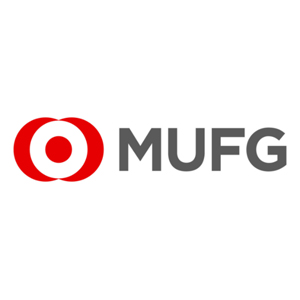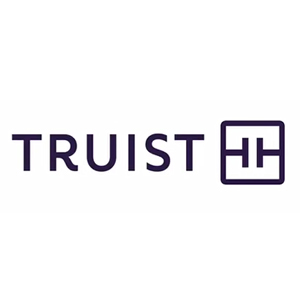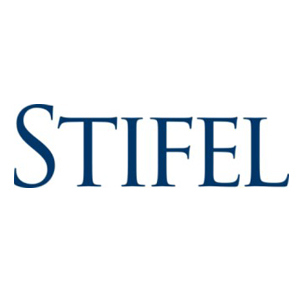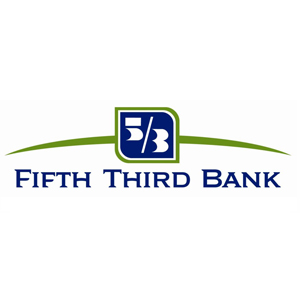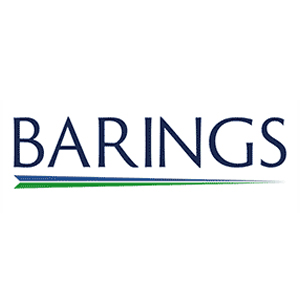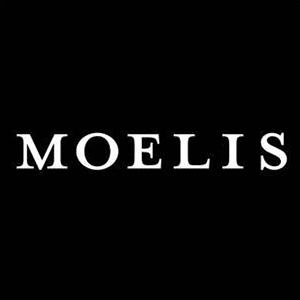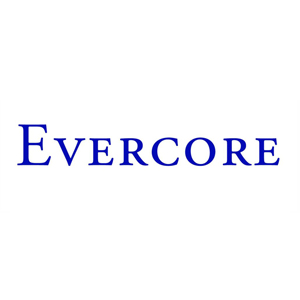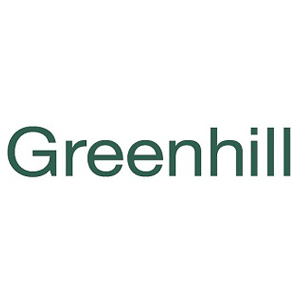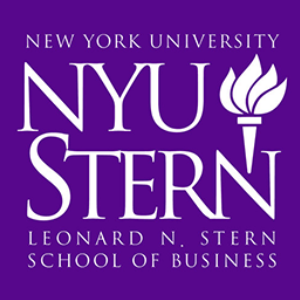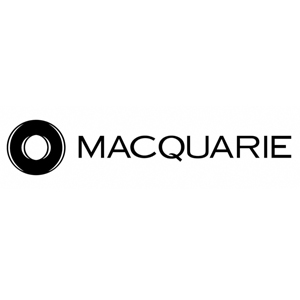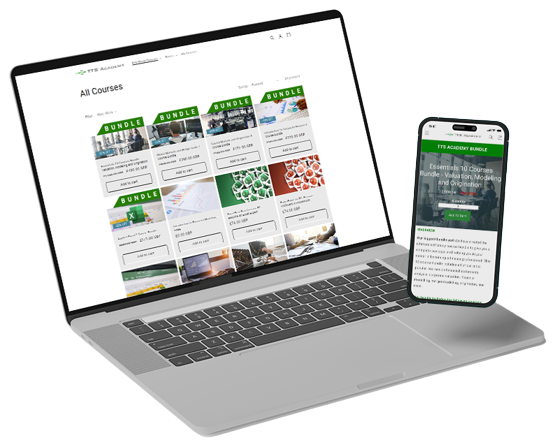
Get the skills we teach at top PE Firms...
Our intensive private equity curriculum was developed from our providing live instruction for 19 of the top 25 PE Firms. This course will enable individuals to develop the skills needed to perform in the PE industry. We will teach you how to transition from operating as a banker to an investor. You will learn how to construct a detailed operating model focusing on revenue build, variable cost, overhead and SG&A. How to account for maintenance vs growth capital expenditure and depreciation as well as the complexities with modeling debt.
The course also teaches Leveraged Buyout Analysis, from key LBO principles, structuring and debt capital markets, to equity distribution waterfalls.
You will also learn vital Excel skills for Diligence and Financial Modeling.
- Cleaning and standardizing in Excel
- Analyzing data from a target company
- Integrating and consolidating data
- Parse through Data Room to conduct financial performance analysis
Led by our experienced instruction team of former practitioners, you get a unique blend of industry insight combined with a passion for teaching. The average TTS instructor has been part of the team for 8.5 years.
What you will learn?

LBO Long Form Modeling: Expert
Model Overview
- Emphasis of real-life issues that make the modeling of an LBO complex
- Sources and uses of funds at entry
- Operating forecast
- Distribution of proceeds at exit
- Returns analysis
Sources and Uses of Funds at Entry
- Sources and uses of funds table
- Ownership structure: Equity ownership at entry vs exit
- Common equity (Sponsor and Management), including equity rollover
- The use of different types of equity: Shareholder loan (PIK interest) and preferred stock
- The use of different types of debt: revolver (including modeling a revolver limit), term loans, subordinated debt, high yield, mezzanine (with PIK and cash interest)
Operating Forecast
- Creating the opening balance sheet
- Cash flows available for debt servicing
- Repayment schedules for individual debt instruments
- Acceleration of debt payments using a cash sweep mechanism
- Modeling the revolving credit facility
- Thin capitalization test and limiting the tax shield on interest
- Adjusting the operating forecast for tax losses
- Adjusting the cash sweep using a complex sweep covenant test
- Injecting additional capital to cure covenant breaches and exceeding the revolver limit
- Sweeping excess cash to equity holders
- Circularities and the interest calculations, including fees on undrawn revolver
- PIK interest
- Using the model outputs to identify key debt covenants
Distribution of proceeds at exit
- Benefit of modeling out value to all investors at exit
Returns
- Calculation and interpretation of returns to the equity investors
- Calculation and interpretation of returns to mezzanine investors
- Calculation and interpretation of returns to the management team
- IRR and money multiple
- Sensitizing the outputs of the analysis
- Analysis of the output
LBO Model Checks
- Finding typical errors within an LBO model
LBO: Buy and Build
- Buy and build overview
- Summary structure of an LBO short form model
- Adjusted structure for buy and build model
- Adding the first deal to the platform company
- Deal math
- Adjusting the operating forecast and incorporating synergies
- Incorporating the new financing into the model
- Exit valuation: which multiple?
- Returns with and without the bolt-on business
- Sensitivity analysis
- Adding a second deal to the platform company
Leveraged Recapitalization & Management Incentive Packages
Leveraged recapitalization/refinancing
- Overview, including a leveraged recap section into the model
- Functionality allows a switch to include the recap and flexibility as to the timing of the recap
- Impact on a short form LBO model including refinancing of existing debt being replaced by larger debt tranches with new financing rates and a revised amortization schedule
- Switches used to change the amortization schedule
- Payment of a special dividend
- Model can be adjusted to reflect a refinancing at lower rather than a recapitalization and payment of a special dividend
Management Incentive Packages (MIPs)
- Rollover and rachet mechanisms
- Simple MIP structures, including percentage of equity increase
- Advanced MIP structures that incorporate target equity IRRs and/or money multiples
- Mezzanine finance
- Part PIK, part cash pay
- Pay if you can (PIYC)
- HoldCo and OpCo modeling
- Concept of debt push down
- Debt at the OpCo level
- Equity, shareholder loan and mezzanine finance at the HoldCo level
LBO: Restructuring – Debt to Equity Swaps
- Structuring a debt-to-equity swap
- Establishing debt capacity of the distressed business
- Modeling best, base and downside cases
- Structuring the debt write-down and the resulting equity ownership
- Recovery rate of debt-to-equity swap versus liquidation
- Return calculation of debt-to-equity swap
- Return sensitivity analysis
- Structuring an equity injection from existing shareholders
- Old money return pre- and post- restructuring (base case only)
- New money return (MOIC and IRR) (base case versus downside case)
- Modeling a capital injection from a super-senior capital investment
- Analyzing returns for the original lenders and potential distressed debt investors
- Return sensitivity analysis
Private Company Modeling
Operating Model Build: Income Statement
- The participants are provided with a detailed number of transactions by year and product type, outlining volume sold, price per product, and cost per product
- Participants are required to group and analyze the data to produce the following information per year and product:
- Revenue, COGS and volume
- Price per unit
- Cost per unit
- Gross profit per unit
- Revenue growth; and
- Gross margin
- Based on this analysis the participants are required to extrapolate and provide forecasts for each of these
- Using the historic and forecast financials the participants will perform a bridge analysis to establish what are the drivers of the growth of the increase in Gross Profit. This can be attributed to a combination of volume, price and margin growth
- Using the historic SG&A data the participants will clean the historic information to provide the basis for future forecasting
- Income statement is completed
Operating Model Build: Balance Sheet and Cash Flow Statement
- The participants are provided with a detailed asset register, including a forecast deprecation based on existing assets, it will also provide management forecasts for several years of planned expansion capex
- The participants will be able to project the future PP&E using the depreciation schedule as well as additional capex and depreciation triangles on the new capex
- The Operating Working Capital will be benchmarked historically and then forecast using a step function on the different working capital days metrics
- Other assets and liabilities will be projected
- Balance sheet is completed
- Cash flow statement is built
Valuation
- The participants are provided will be provided with a list of trading comparables to base their valuation
- Where additional time is available the participants can look at other valuation approaches, including:
- Find recent transaction multiples
- Build a simple DCF model
LBO Model Build
- The participants will finish the project by building an LBO model, the features of the LBO model include:
- An equity rollover
- Two types of equity: ordinary equity and preference shares
- Two tranches of debt as well as a revolver
- A full cash sweep to senior debt
- Returns analysis for:
- Financial sponsor
- Management
- The participants will be required to structure the transaction including:
- Split between ordinary and preference shares
- The amount of type of debt used
- Management incentive packages
What Does A Day Look Like?
Who Is This Course For?


Course Details
What’s Included
Schedule
Prerequisites
How Do You Like To Learn?

Flexible Learning Options
Our courses are available in both in-person or virtual classroom formats. If you learn better in your own space or traveling isn’t convenient, virtual is great solution. Either way, you get the skills and support you need to succeed.

Course Pricing
Cancellation Policy
See what our students say
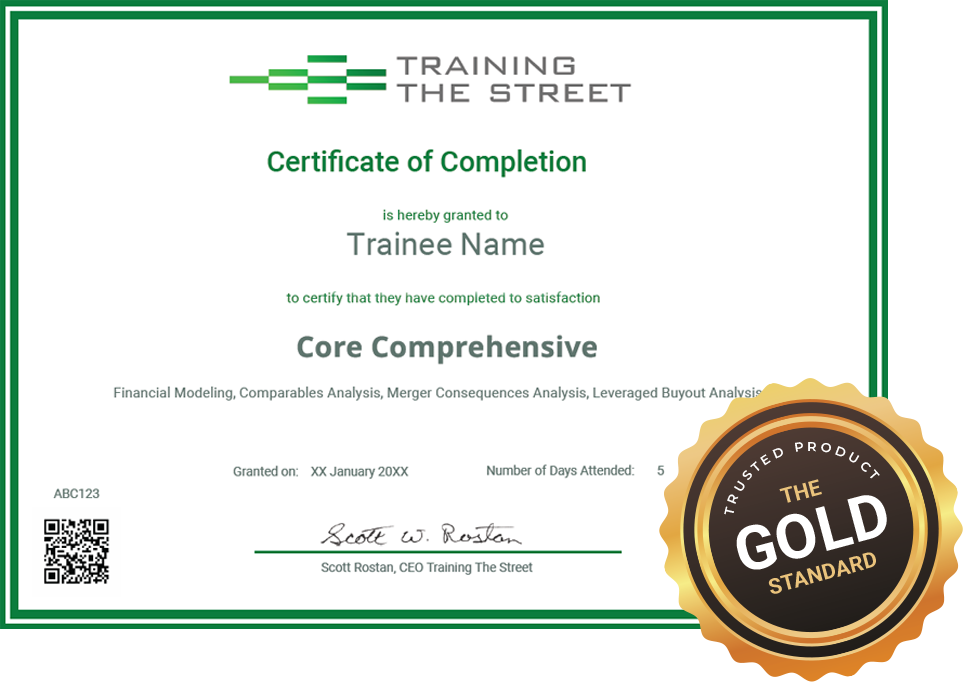
Training The Street has been teaching the biggest finance firms for over 20 years. To help unlock your career potential, we offer certificates to provide the recognition you deserve.
After you finish your course, you will receive a certificate which can be easily added to your LinkedIn profile.
